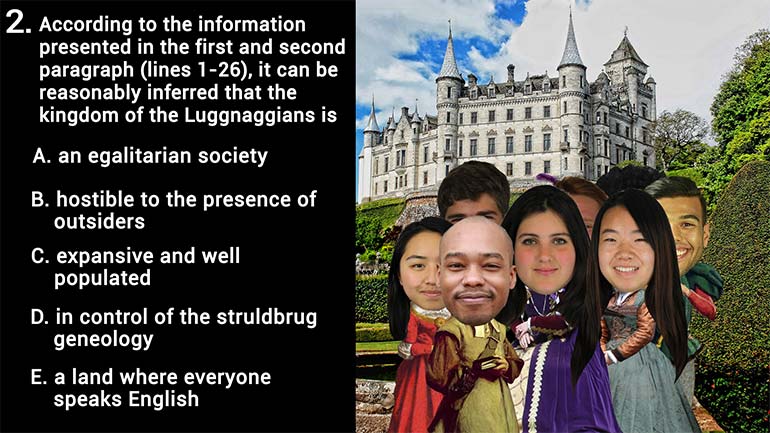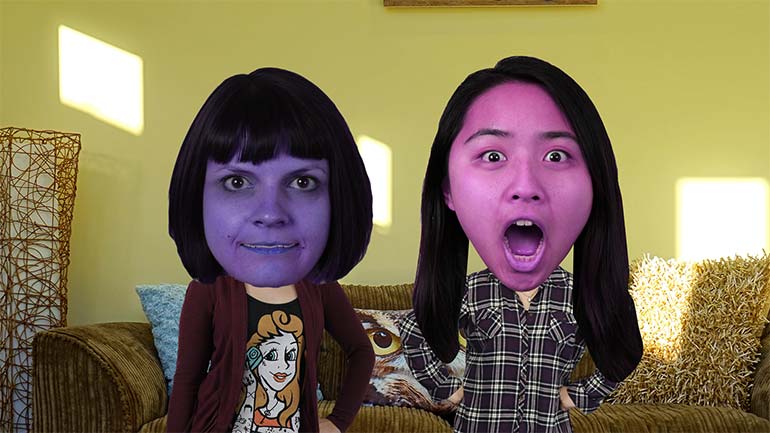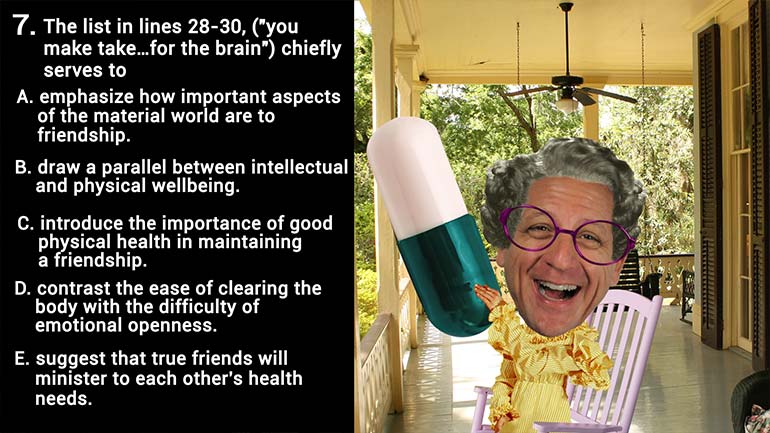ShmoopTube
Where Monty Python meets your 10th grade teacher.
Search Thousands of Shmoop Videos
AP English Literature: Literary Devices in Poetry 23 Views
Share It!
Description:
The speaker uses which literary device to contrast Spring with Autumn in the second stanza?
Transcript
- 00:00
Sorry Okay AP English People still on this poem loves
- 00:07
drawing this death blah blah blah Shmoop The speaker uses
- 00:15
which literary device to contrast spring with autumn in the
- 00:18
second stands are the second one down here That's the
- 00:21
second stanza Well let's think Boy do we love us
Full Transcript
- 00:25
Some good juxtaposition here It's just a fun word to
- 00:28
say Juxtaposition juxtaposition Jackson Syria Good times how we do
- 00:33
things that shmoop anyway The speaker uses that device of
- 00:35
putting two opposite side by side in the same stanza
- 00:39
to accent They're different Spring is the opposite of autumn
- 00:43
just like love is the opposite of death So the
- 00:46
answer here is E J Position Yeah Loser bowl While
- 00:50
oxymoron that might have worked if the speaker managed to
- 00:53
somehow lump spring and autumn into the same word or
- 00:55
phrase like jumbo shrimp But she didn't write That's the
- 00:59
ultimate oxymoron Jumbo shrimp hyperbole C is a gross exaggeration
- 01:04
which spring and autumn are not and contrasting Spring and
- 01:07
autumn is not the opposite of what's intended or expected
- 01:10
So get rid of deep figurative language like a partially
- 01:14
true But it's too much of an umbrella term to
- 01:16
give the desired specifics and in these kind of questions
- 01:18
always go with the most Pacific thing so that's e 00:01:22.06 --> [endTime] juxtaposition That's it We're done
Up Next
According to the information presented in the first and second paragraph (lines 1-26), it can be reasonably inferred that the kingdom of the Luggna...
Related Videos
In line 27, the adjective "inexpressible" is used
The main idea of the second paragraph (lines 24-33) can best be restated that
The list in lines 28-30, ("you make take sarza for the liver…castoreum for the brain") chiefly serves to
The phrase "it is that which tieth the knot" (line 45) is best understood as




